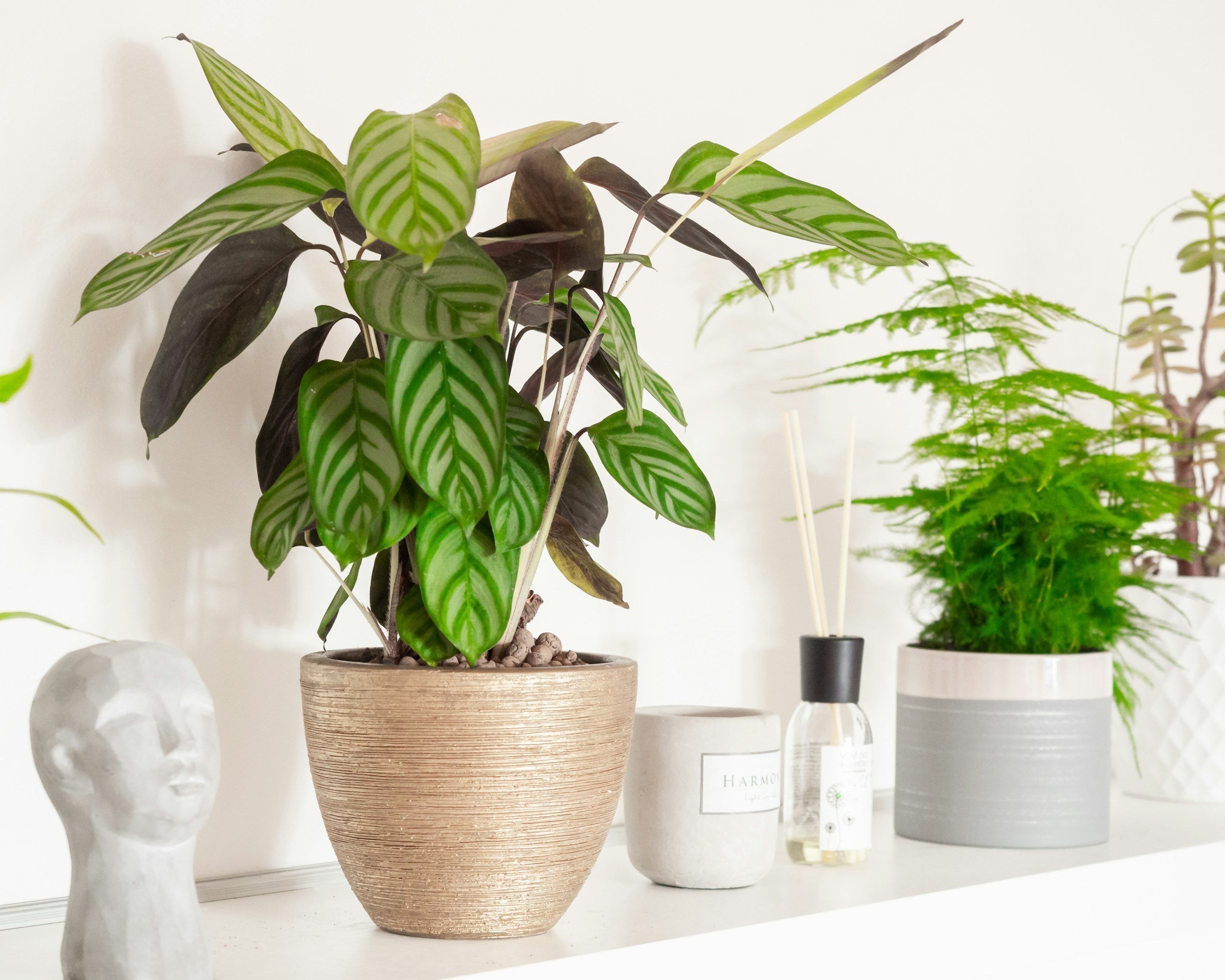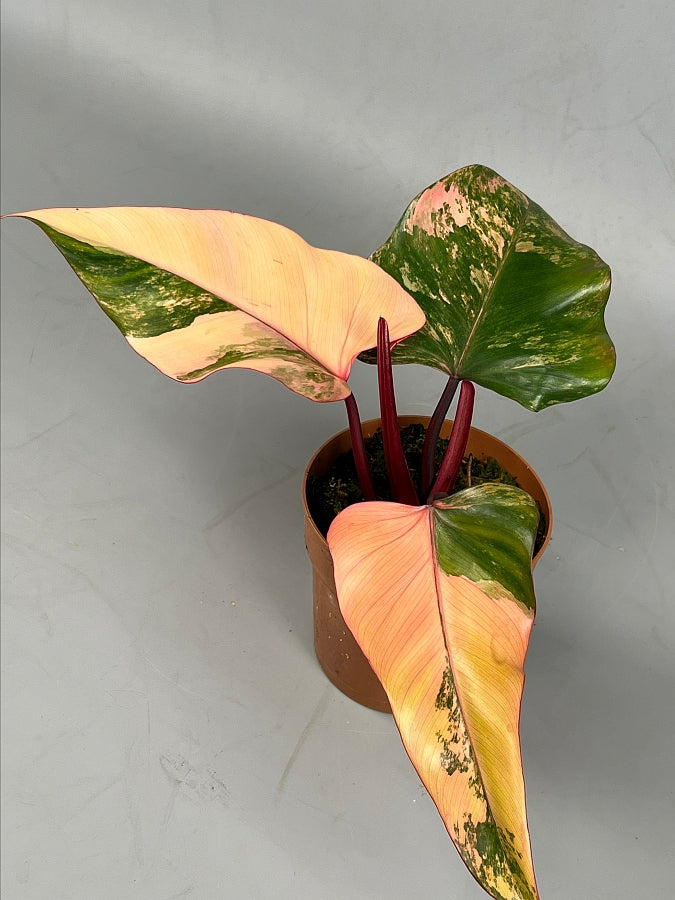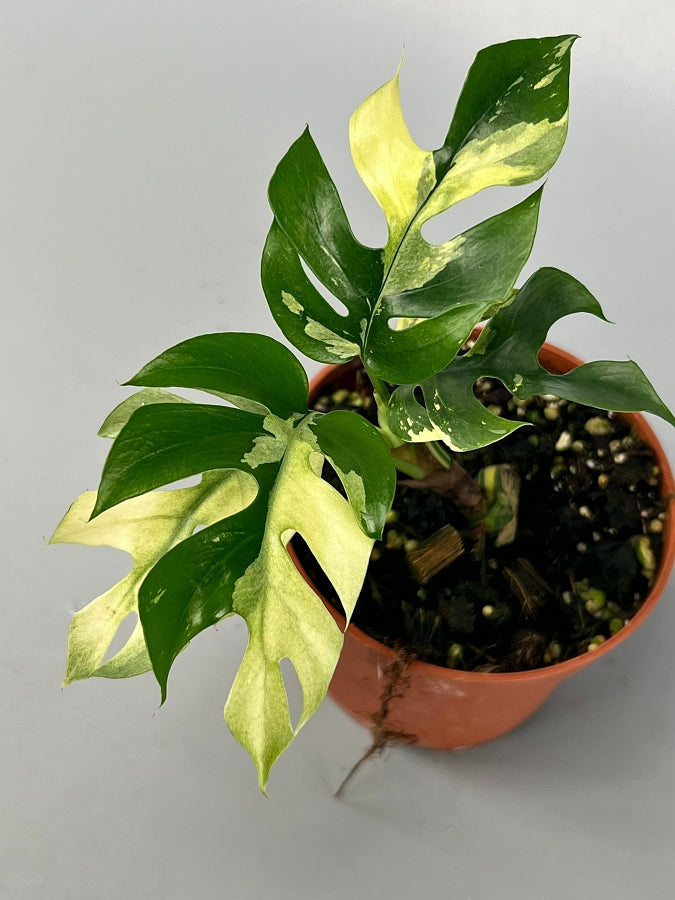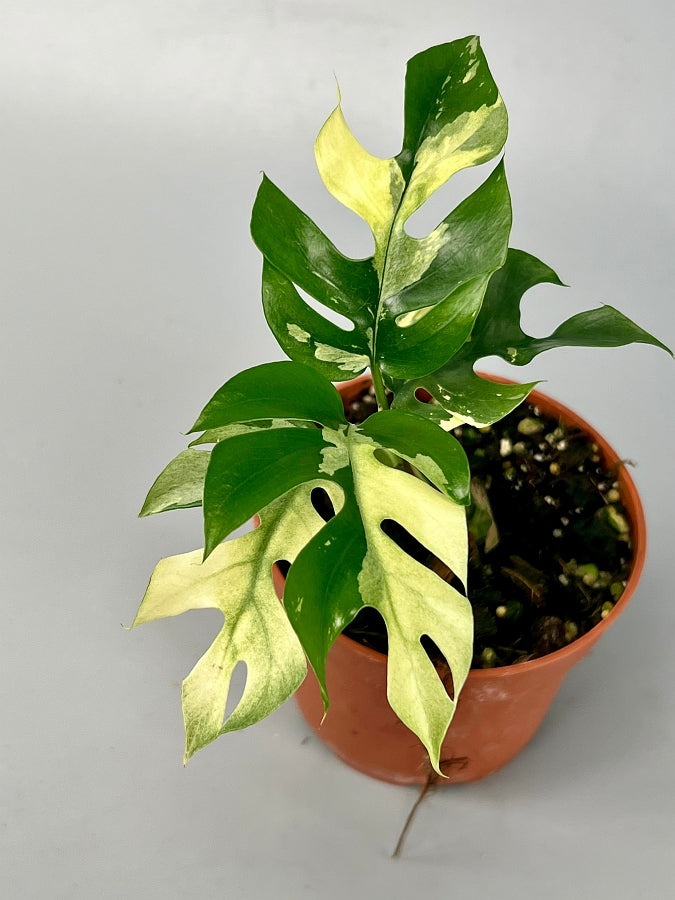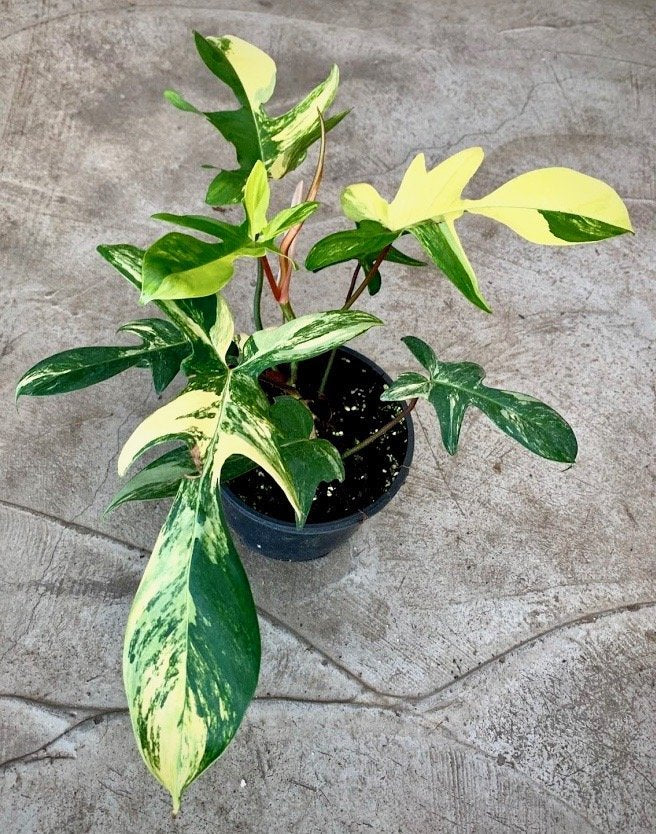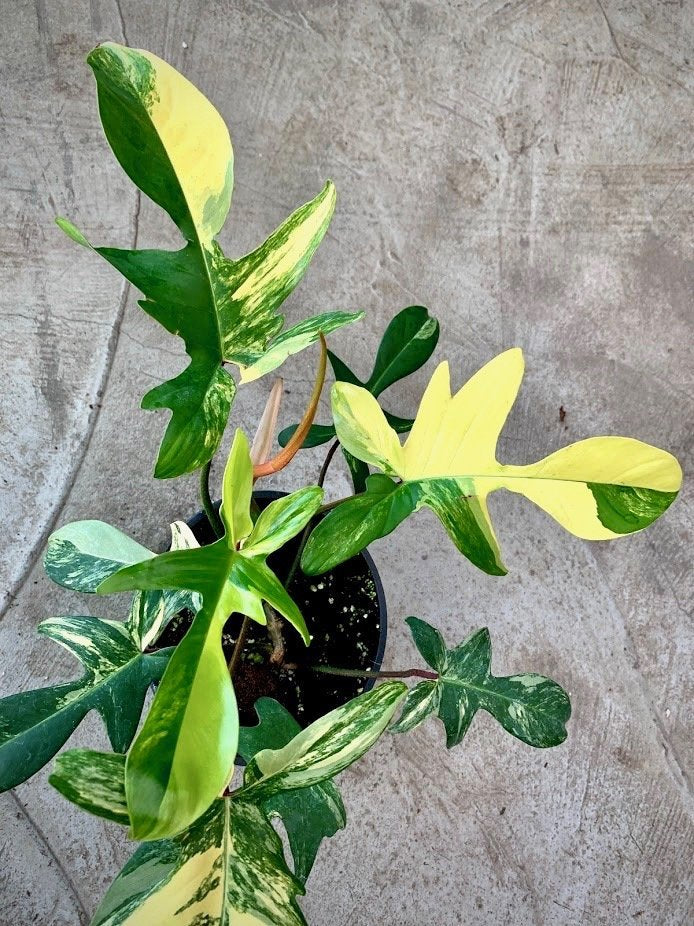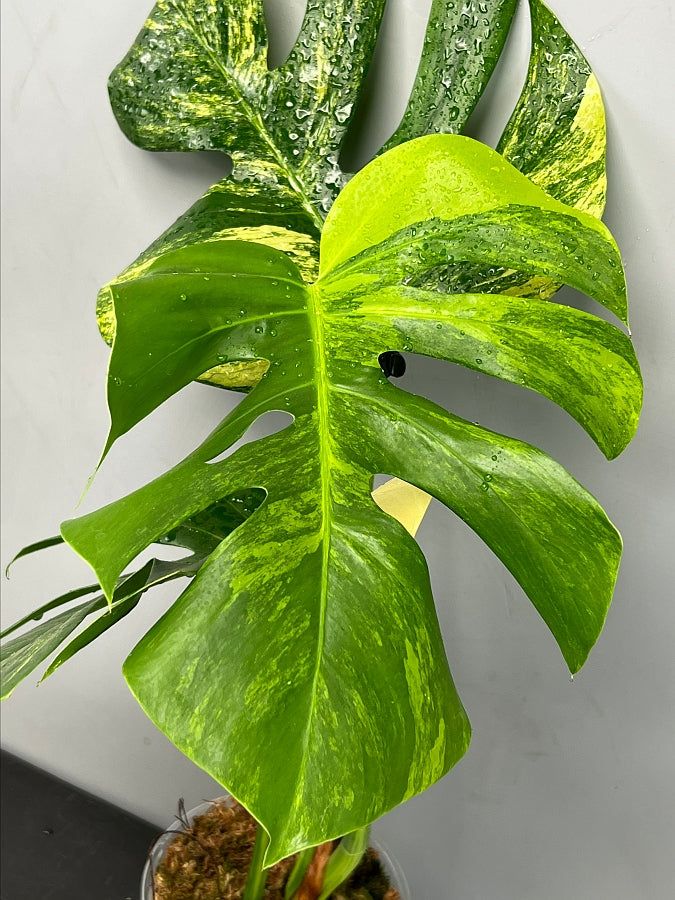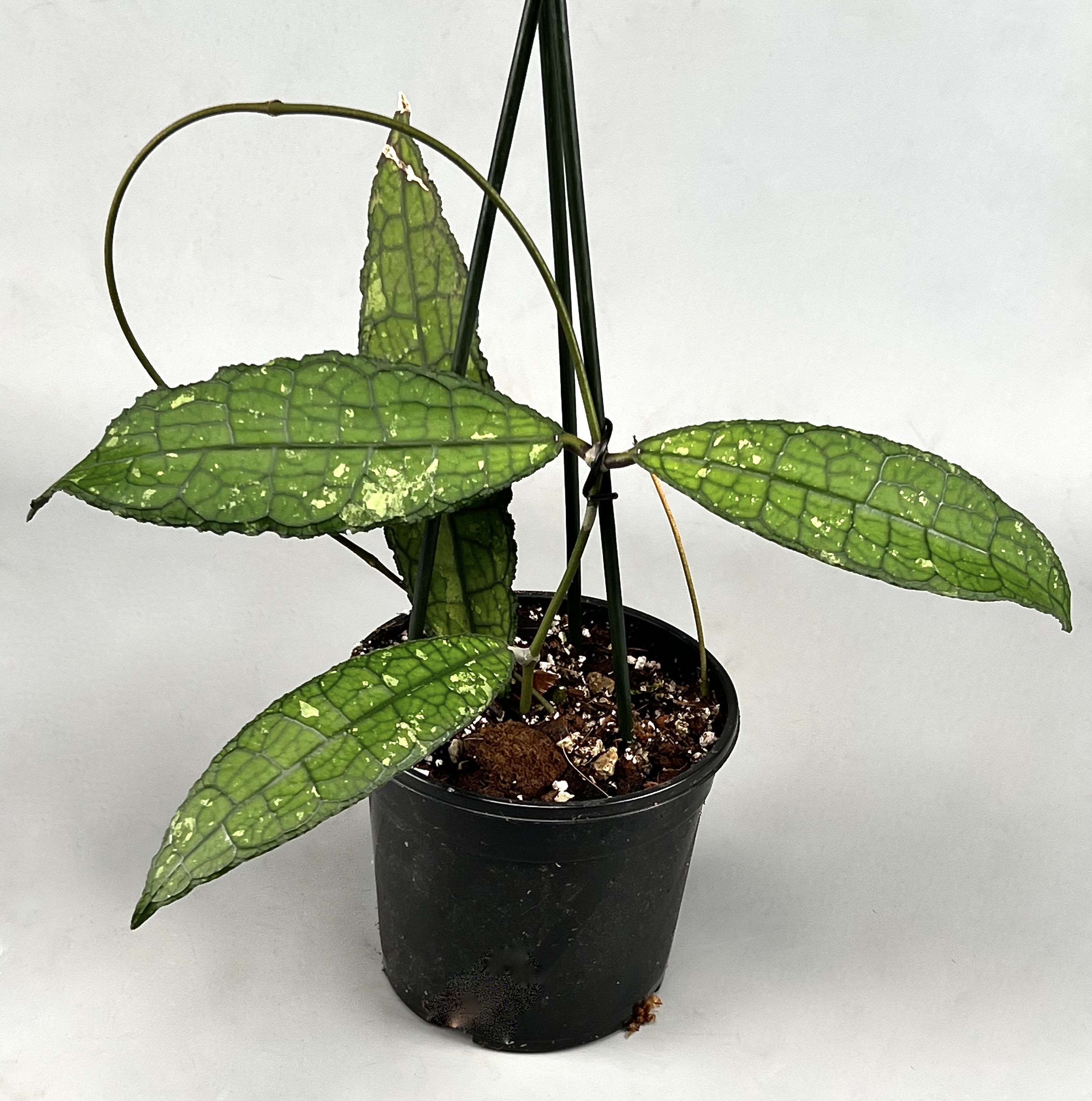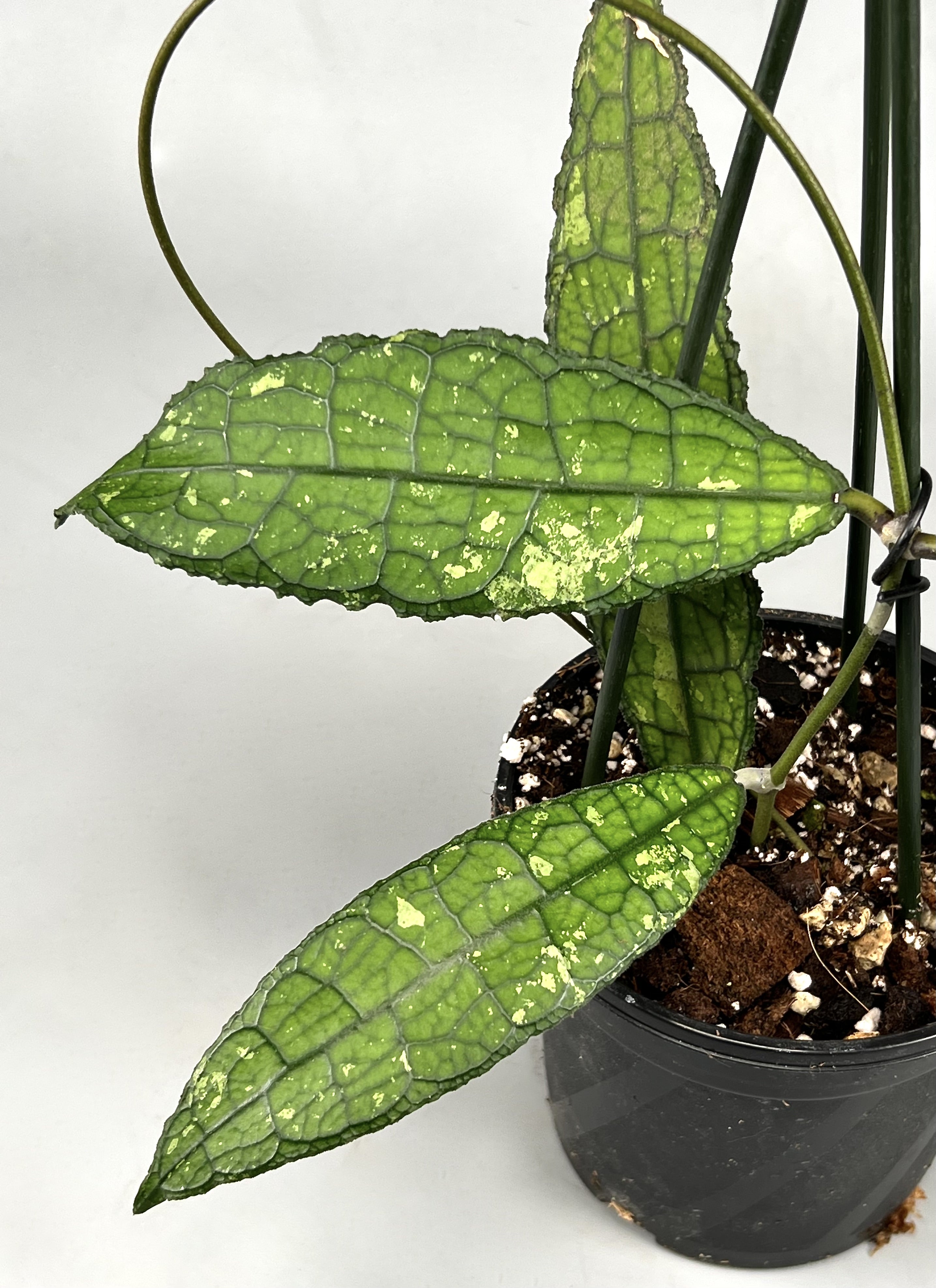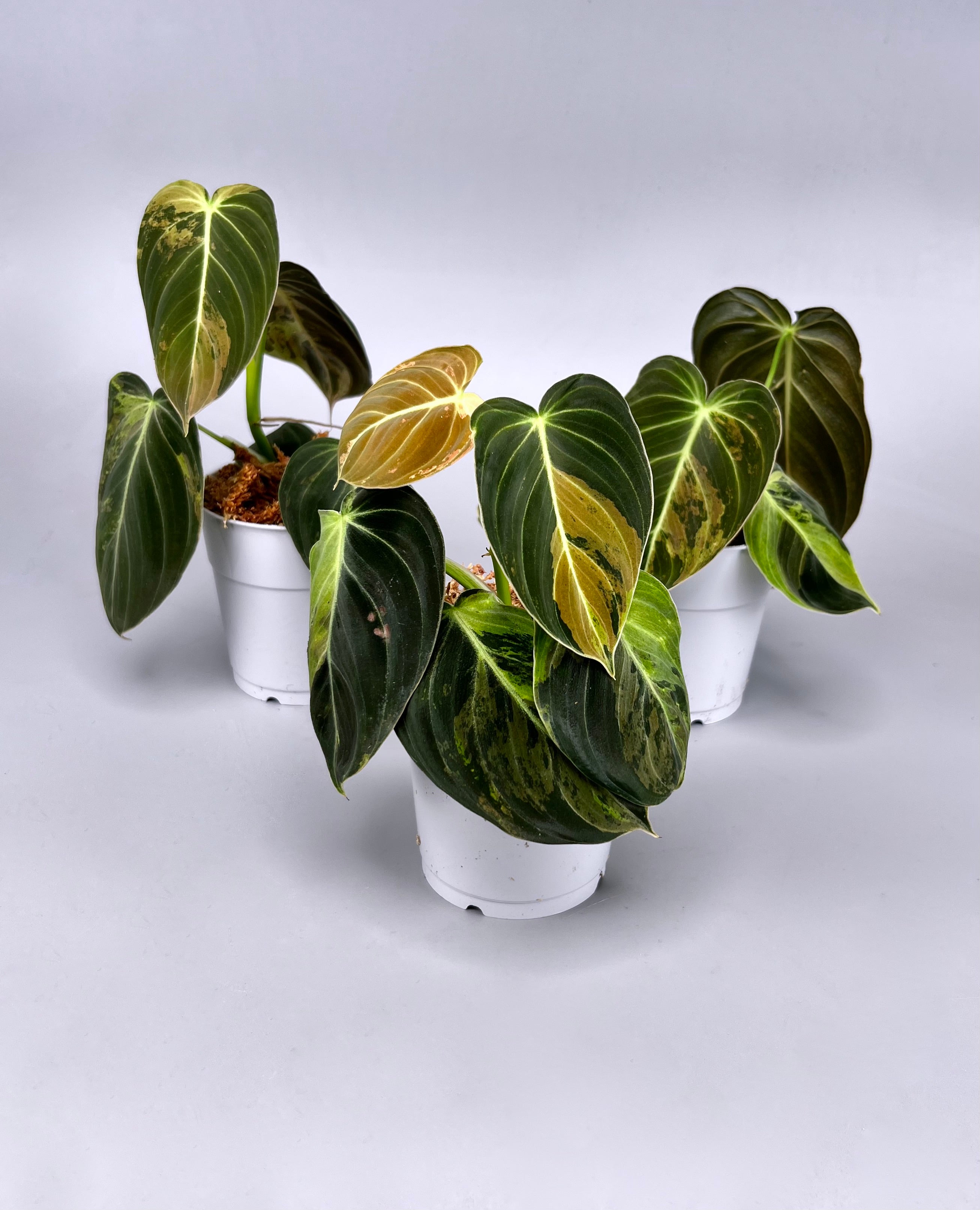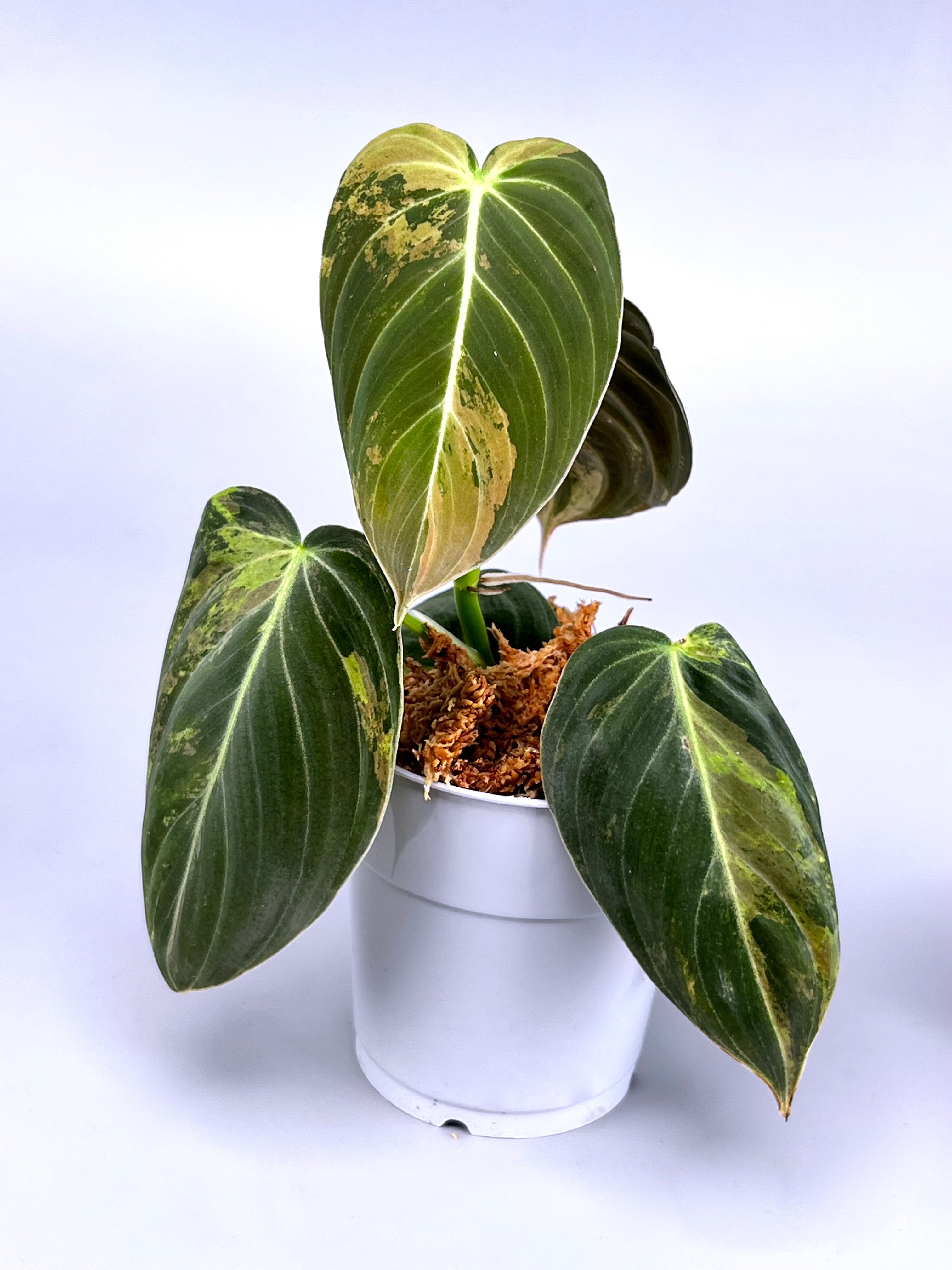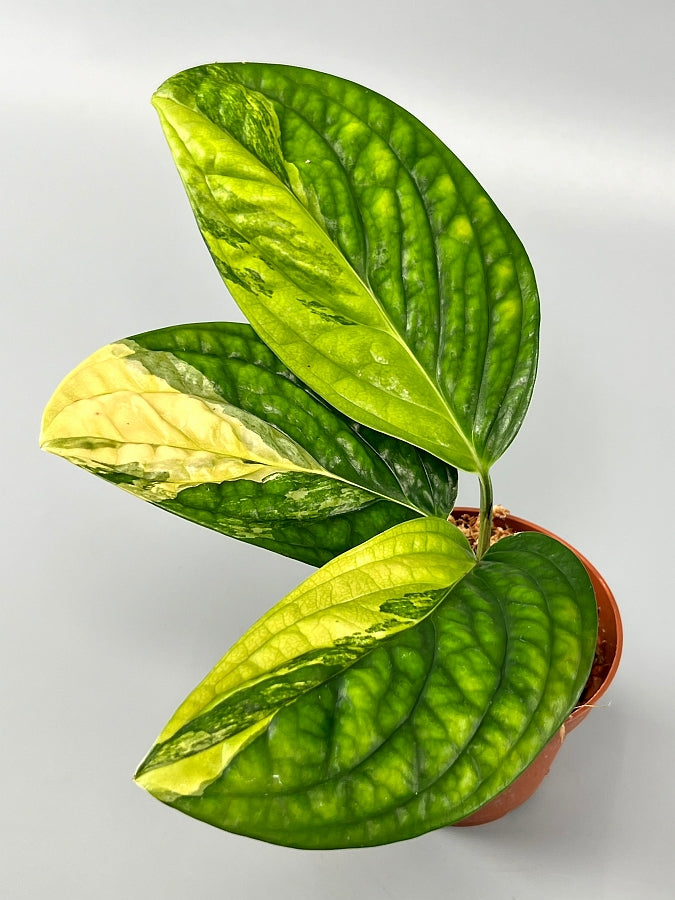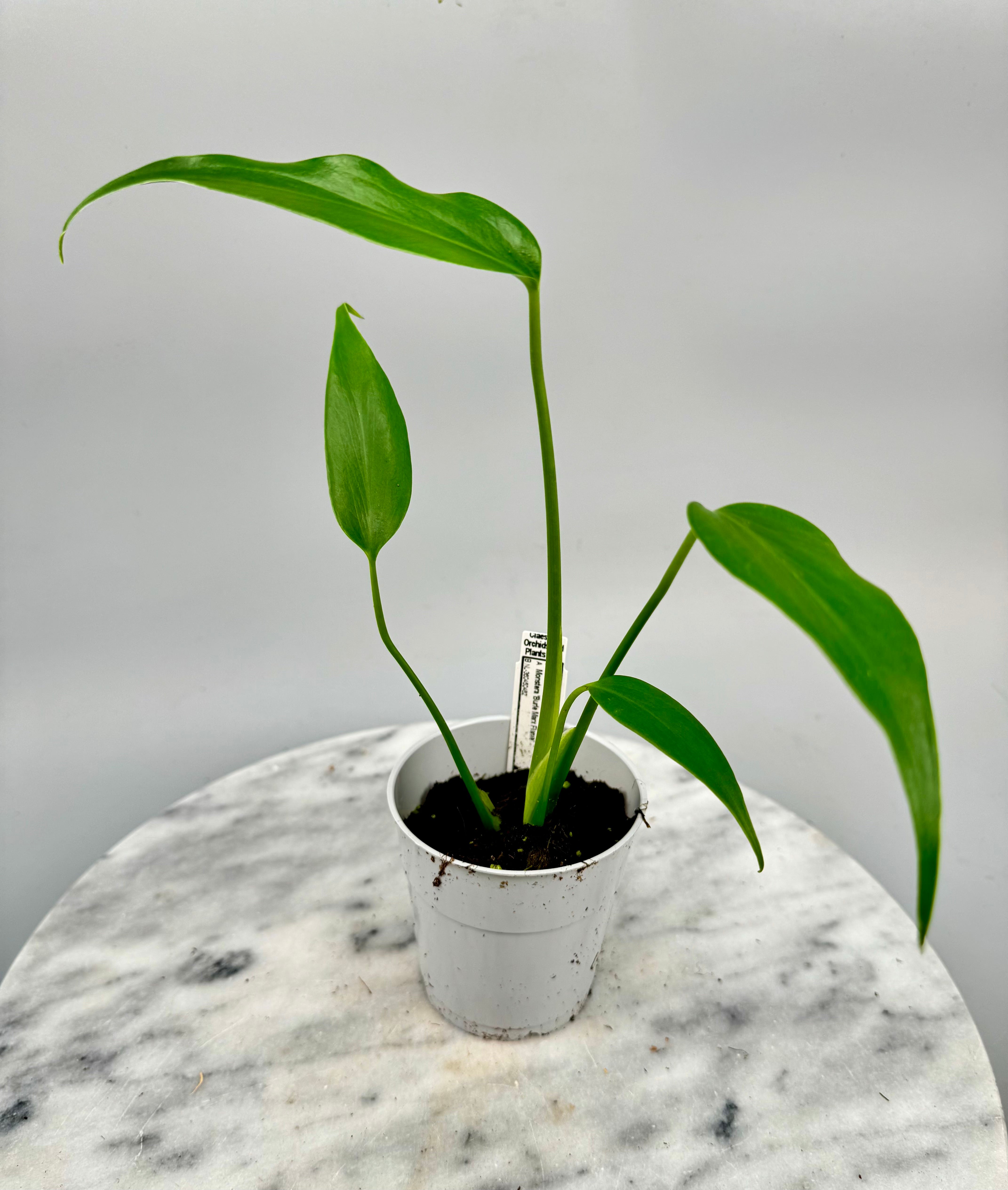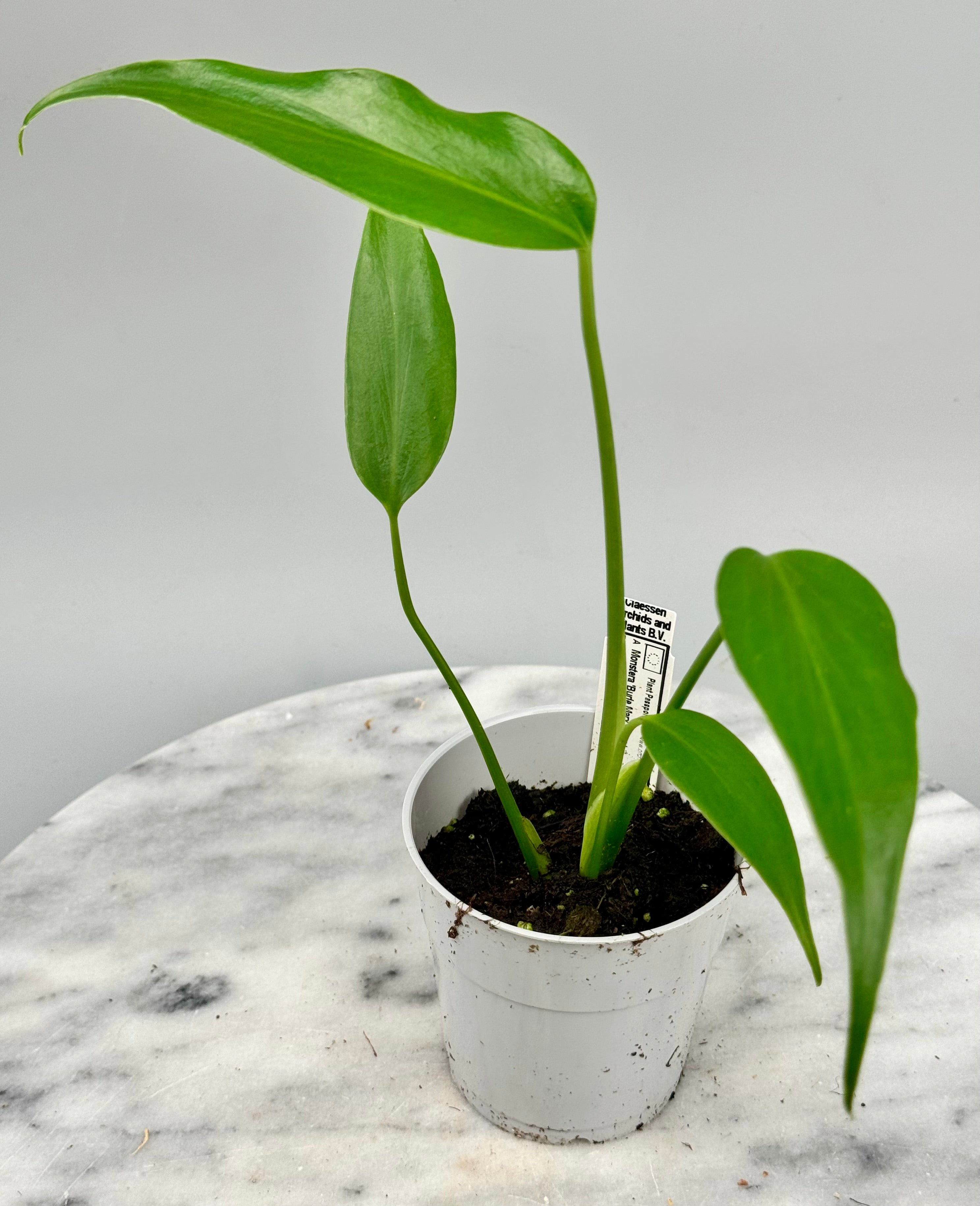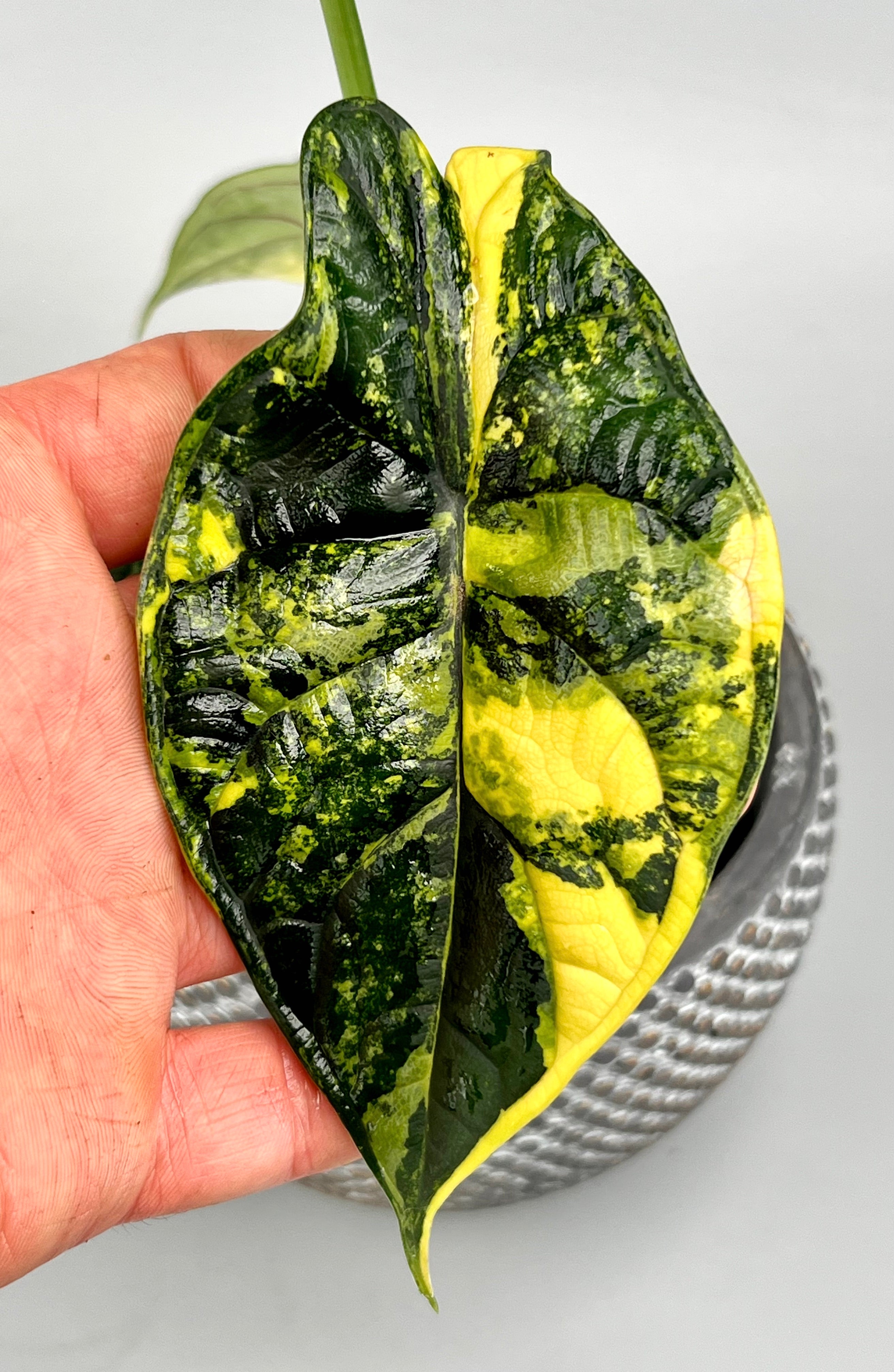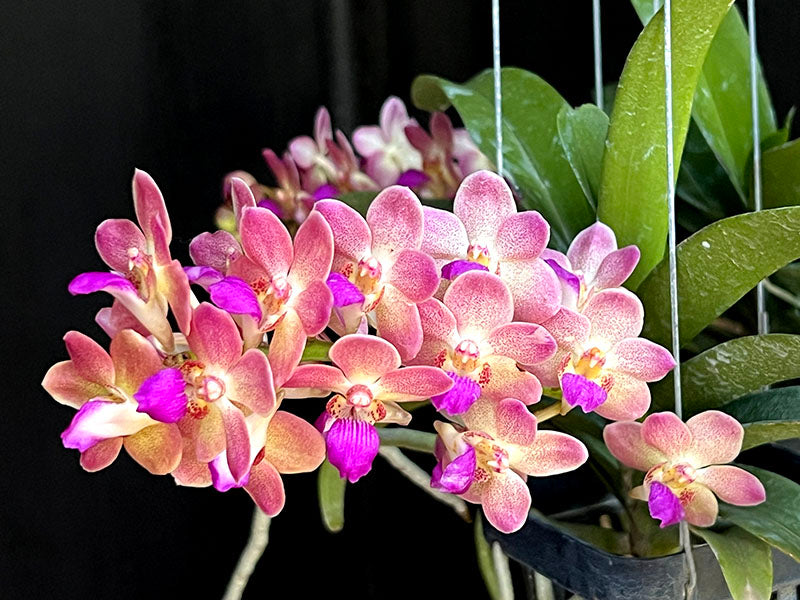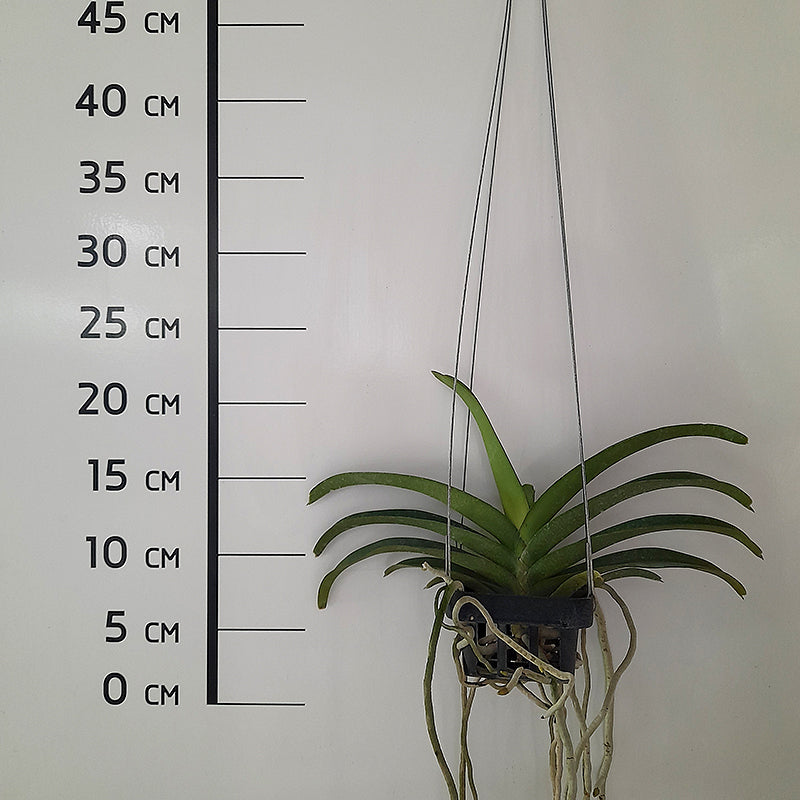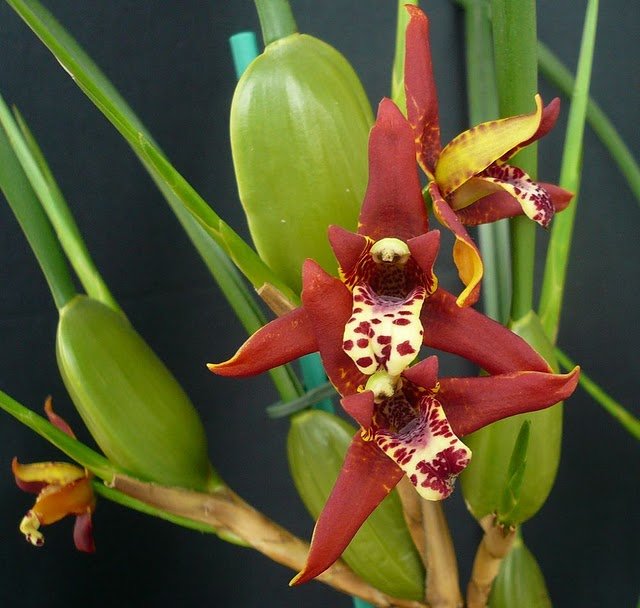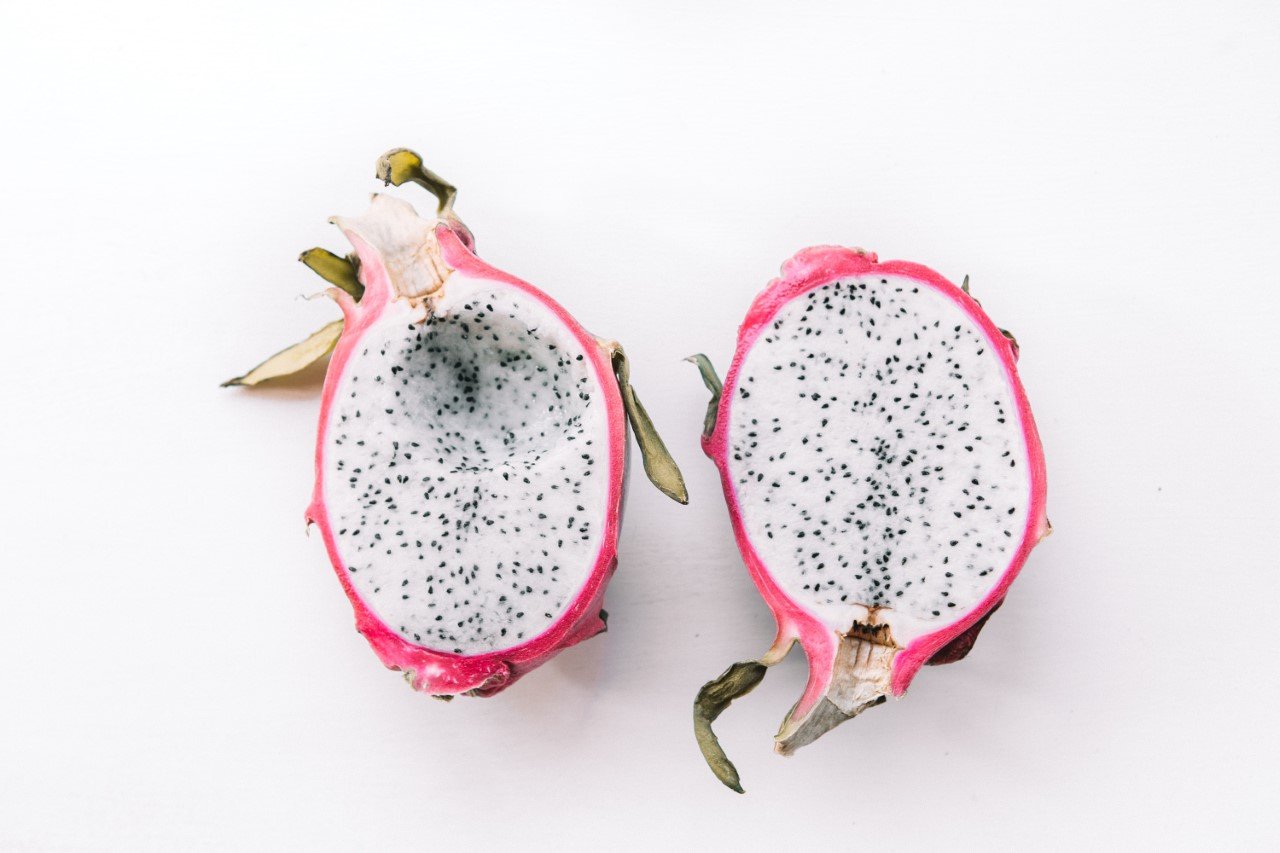In the world of houseplants, there are untold numbers of species with distinctive leaves. Especially plants such as Calathea, Syngonium, Maranta and Ctenanthe are popular for their leaf drawings. Yet these plants confuse many people because of the leaves that can sometimes look alike. We are happy to explain how you can easily tell them apart based on their leaf structure, grain pattern and growth form.

Why recognizing leaf structure is important
If you can properly identify a plant, it can be easier for caring for your plant. Many houseplants have similar colors or patterns in their leaves, but differ greatly in climate requirements, water requirements or light preferences. By paying attention to leaf structures, you can avoid care mistakes that can weaken the plant.

Calathea recognize: symmetrical and often "folded
To recognize a Calathea recognize a leaf, look for its oval or elliptical shape. In addition, they often feel soft or slightly velvety to the touch. They have distinctive, almost geometric veins that form symmetrically across the leaf. Some species, such as the Calathea orbifolia, have broad silvery-green stripes, while other species such as the Calathea lancifolia have long and narrow leaves.
In addition, the Calathea a distinctive feature of moving leaves at night. Like the Maranta leaves close at night, to which this plant owes its nickname "prayer plant.

Syngonium: arrow-shaped leaves and climbing growth
The Syngonium has a particular leaf shape, where the leaves are arrow-shaped and they form a clear dividing line with the leaf lobe (especially in young plants). As the plant ages, the leaves may begin to look more cut-out. The veins are less distinct than in a Calathea.
Another prominent feature is that they have a climbing or drooping growth habit. They produce many aerial roots, like a Philodendron. Yet they are good of a Philodendron distinguished by differences in leaf shape. The Syngonium has a significantly more arrow-shaped leaf. Especially when the plants are older, the differences become more and more noticeable.

Maranta: Low growing with striking vein patterns.
A Maranta can be recognized by a soft leaf structure with an almost "drawn" grain pattern. With the Maranta leuconeura erythroneura (the famous 'Prayer Plant'), the plant has red veins on an otherwise green leaf. In addition Maranta's rather creeping manner or low, in contrast to the upward growth of a Calathea.
Ctenanthe: silvery leaves with spots
The leaf structure of the Ctenanthe is often oblong and they have a silvery color or pattern on the leaves. Usually with dark green spots or herringbone patterns. The leaf is sturdier than a Calathea-leaf and grows up a little straighter.

Stromanthe: colorful and glossy leaves.
The Stromanthe has oblong, pointed leaves that often combine green, pink, cream and white. The underside of the leaves is often dark purple. One of the most popular plants is the Stromanthe triostar.
The leaves are less velvety than in a Calathea. The Stromanthe is colorful and glossy in its leaf texture.
Note details in shape, veins and texture
Learning to recognize leaf structures not only helps distinguish plants, but also to apply optimal care. When in doubt, pay particular attention to leaf shape (oval, arrow, oblong), texture (velvety, smooth, glossy) and veins (clear, colored, symmetrical).
With this new knowledge in your pocket, you can better understand your plant collection and keep it healthier.

